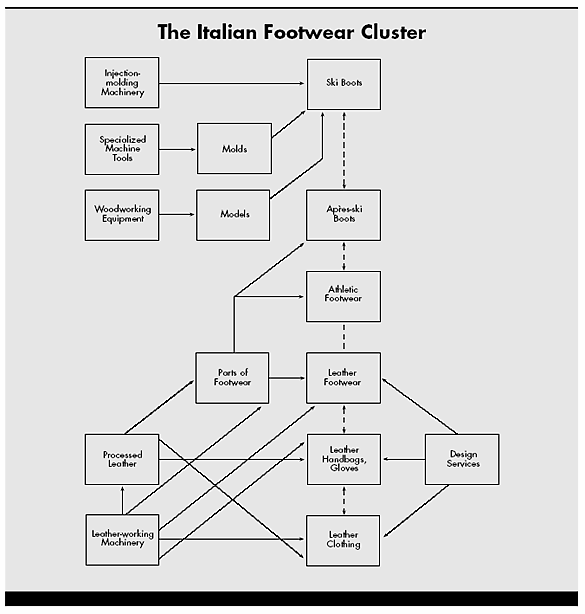Investing Strategies Aren t Always So Different But Market Timing Has Key Advantages
Post on: 21 Апрель, 2015 No Comment

Strategies that appear to be at odds with each other value vs. growth, fundamentals vs. technicals, buy and hold vs. market timing sometimes converge at key junctures.
Warren Buffett’s Berkshire Hathaway (NYSE:BRKA ) dumped PetroChina (NYSE:PTR ) in 2007 when he decided circumstances warranted selling. Does that make Buffett a market timer? IBD chairman and founder William J. O’Neil held Pic ‘N’ Save for seven years. Does that make him a buy-and-hold guy?
Accomplished investors will act rationally when the situation demands it, even if that appears to go against their general approach.
So, there’s really no need to trash a different investment style.
However, a few criticisms of market timing do deserve a response.
• Criticism No. 1. Some studies say market timers trade more frequently and that’s a loser’s game.
The studies generally have two flaws. First, they ignore skill. If you’re poorly informed and trade frequently, you will be giving money to people who are well-informed and trade frequently.
The second flaw is that the studies ignore the Pareto Principle, also known as the 80-20 rule. In every endeavor, from bass fishing to investing, 20% of the participants grab 80% of the spoils.
So if we want to judge an approach, focusing on averages won’t tell us much.
• Criticism No. 2. Trading costs will kill you.
This is a dated objection. Transaction costs nowadays are trivial, thanks to Charles Schwab’s discount broker revolution that began in the 1970s. Also, if your success in investing depends on paying a $4 commission vs. a $9 commission, you probably shouldn’t trade.
• Criticism No. 3. Taxes will erase any edge you gain.
This fate is easily sidestepped.
Any employee who has built up capital in his 401k can roll that over to an IRA (without penalty) the next time he or she changes jobs. Once you gain control of the money via the IRA, you can buy and sell stocks as needed. Capital gains are sheltered until withdrawn from the IRA. And you can add funds to the IRA every year.
Now let’s look at the advantages of market timing vs. buy and hold.
• Edge No. 1. The IBD approach isn’t about perfection.
You can and should weed laggards out of your portfolio. You can and should buy back stocks that regain a key support line in volume after you sell. But if your idea of a smart strategy is to buy the stock of a strong company and hold it for 20 years, you’d better be absolutely right about that company.














